Single-Use Plastics Return With a Vengeance and Bring Dubious Results
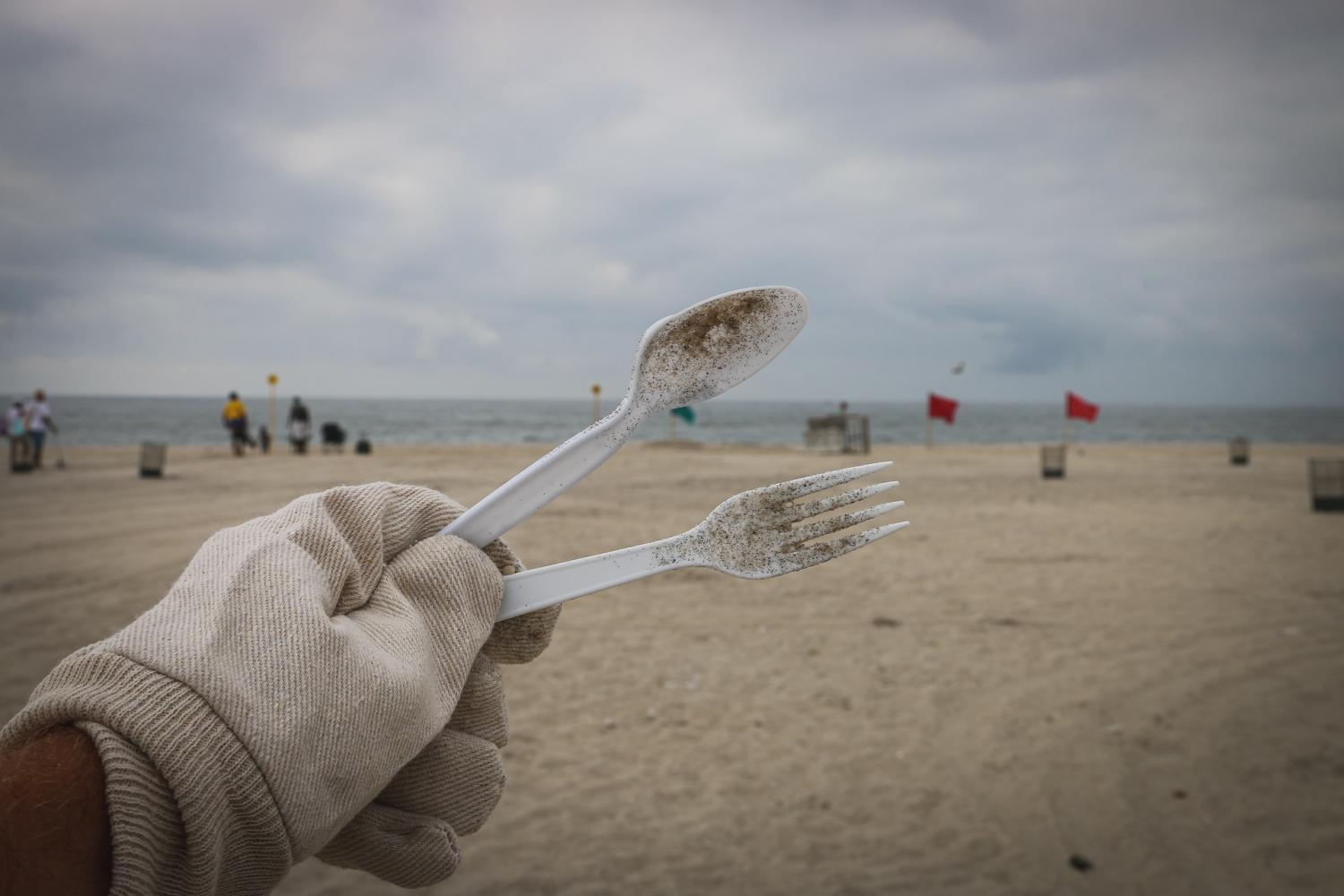

Fear, convenience and an abundance of take-out food have led to a huge spike in single-use plastics during the coronavirus pandemic, from grocery bags to sporks.
Concerned that the return to plastic could set back U.S. recycling and sustainability efforts, scientists and environmental groups are trying to reassure consumers about the safety of reusable items and encourage businesses to do what they can to limit plastic use.
The rush to single-use plastics
Over the past few months, as the novel coronavirus spread worldwide, consumers and retailers worried that reusable items could hasten transmission. Just months after many cities and states banned the use of plastic bags in stores, they were back. Limited to take-out and delivery service, restaurants have been forced to use large amounts of disposable containers and utensils. Used personal protective equipment (PPE), much of it plastic, also has been filling trash containers.
In states where restaurants have been opening even on a limited basis, the U.S. Centers for Disease Control and Prevention (CDC) guidelines recommended establishments use disposable serving materials and dinnerware as well as single-use condiments and disposable or digital menus.
The use of polystyrene plastic (more commonly known as Styrofoam) in particular has shot up. Two manufacturers of polystyrene products, Ineos Styrolution and Trinseo, have experienced “double-digit percentage sales increases in the food packaging and health-care industries” in February, March and April, Bloomberg reported.
To allay consumers’ and retailers’ fears, a group of 119 international scientists released a statement confirming that reusable items are no more likely to spread the virus than disposable ones, as long as they are effectively cleaned.
“Available evidence indicates that the virus spreads primarily from inhaling aerosolized droplets, rather than through contact with surfaces,” according to the scientists' statement. "Single-use plastic is not inherently safer than reusables, and causes additional public health concerns once it is discarded." Reusable items and hard surfaces are safe to use after they have been cleaned thoroughly with hot water and soap or disinfectants, the scientists said.
As for retailers, the group recommends store personnel limit contact with customers’ personal items, such as cups and bags, and vigorously disinfect any hard surfaces.
Plastic won’t necessarily protect you from COVID-19
The virus has been shown to live on a number of materials, and according to one study, it lingered three times longer on plastic than on other samples that were tested.
“The plastic industry seized on the pandemic as an opportunity to try to convince people that single use plastic is necessary to keep us safe, and that reusables are dirty and dangerous,” maintained John Hocevar, Greenpeace’s ocean campaign director, in a CNBC article. “The fact that neither of these things is supported by the best available science was irrelevant.”
Being proactive to reduce plastic waste
Consumers and retailers can take steps to reduce the consumption of single-use plastics, even when it comes to take-out. When the pandemic started, the Just Salad restaurant chain had to abandon the reusable bowls it sold to customers --the innovation had saved more than 75,000 pounds of plastic a year--and shift to strictly takeout and delivery orders. The company decided to make a change to its online ordering form and ask customers if they needed plastic utensils, which usually went into an order automatically. Not only did the move save the chain money, but the amount of outgoing plasticware dropped by 88 percent.
People can still try to bring their own bags to grocery stores and wash them regularly, experts said. At least one state, Connecticut, no longer is automatically providing plastic bags and reinstated its 10-cent- per-plastic-bag fee for stores and restaurants July 1. The governor had suspended the fee in March. If stores elsewhere won’t allow cloth bags, shoppers can request paper bags or ones made from compostable material or keep cardboard boxes in their cars for purchases.
Since many beverage shops are not filling reusable cups, the most economical thing for coffee drinkers to do is brew their daily java at home.
Accurately sorting items for recycling can help reduce waste as well.
Experts are hopeful that once the pandemic eases, recycling and sustainability will become even greater public priorities than they were before the virus. "Public health must include maintaining the cleanliness of our home, the Earth," Dr. Mark Miller, former director of research at the U.S. National Institutes of Health's Fogarty International Center said in a public statement. "The promotion of unnecessary single-use plastics to decrease exposure to the coronavirus negatively impacts the environment, water systems, and potential food supply compared to the safe use of reusable bags, containers and utensils."
Image credit: Brian Yurasits/Unsplash
BlackRock Bluntly Tells Companies They’re ‘On Watch’
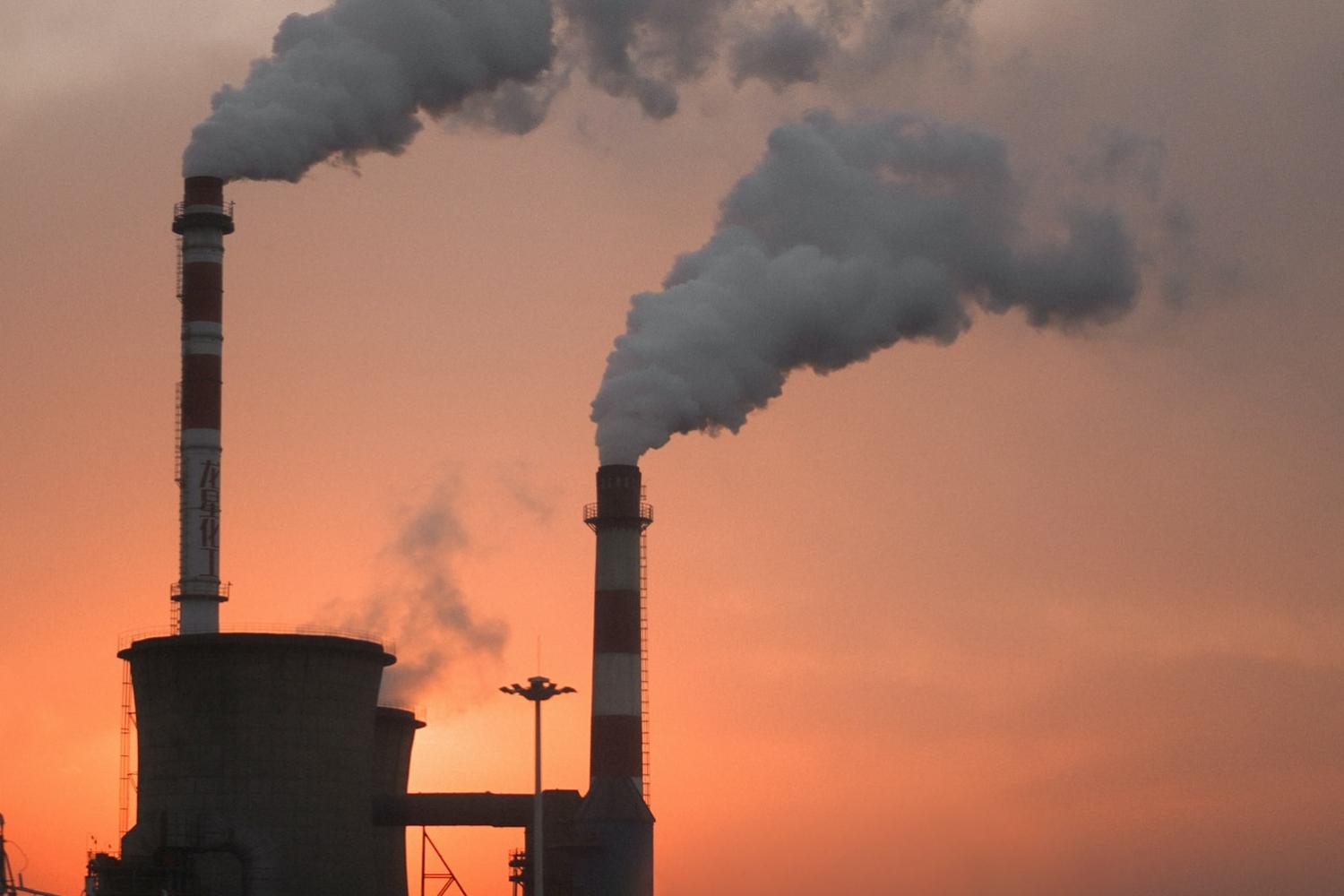
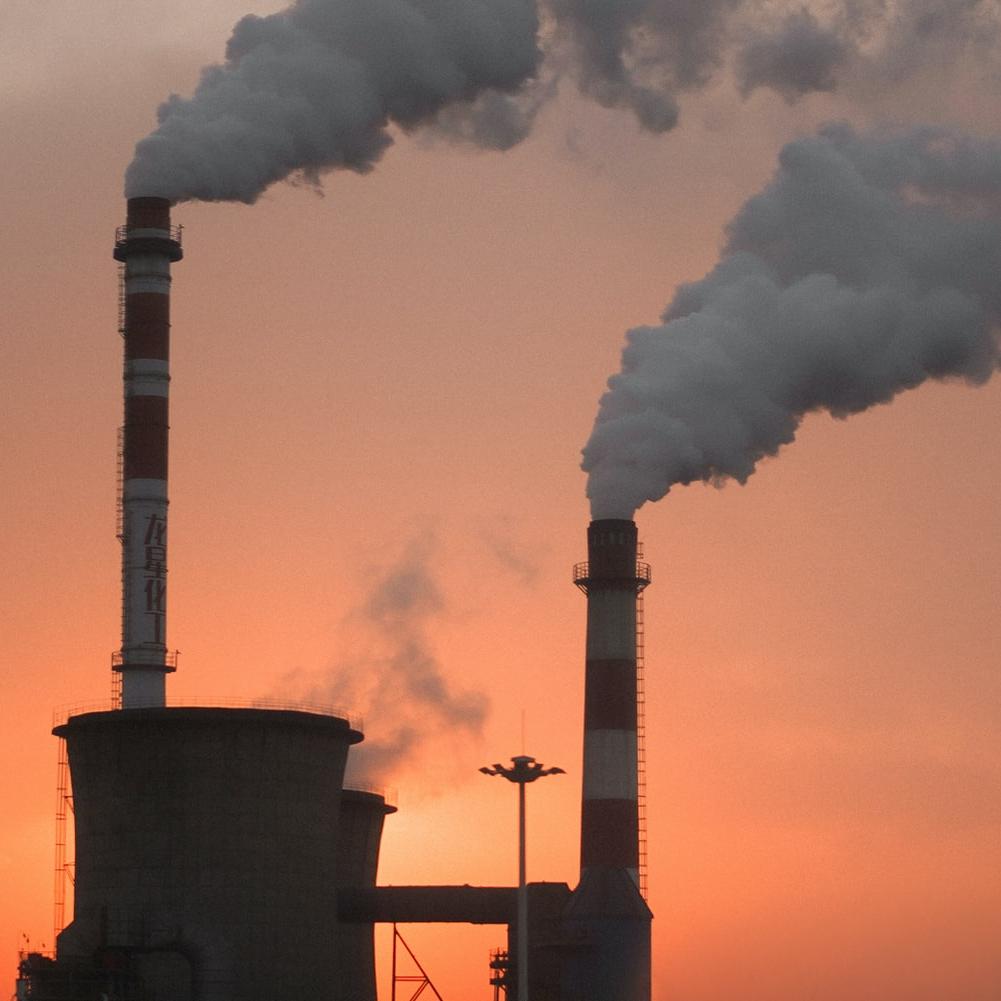
BlackRock has taken a highly public stance on climate action over the past several years after successive shareholder letters from CEO Larry Fink. And this week, the investment firm approaching $7 trillion in assets under management explained how it will wield a big carrot (engagement) and an even larger stick (voting during proxy season) to hold companies accountable.
In a recent report, BlackRock explained how as of this week, it has identified 244 companies that were making “insufficient progress” on integrating climate-related risks within their business models or public disclosure statements. Furthermore, BlackRock took voting action on more than 20 percent of those companies, or 53 in total. The asset manager said it notified the remaining 191 companies they are “on watch,” and if they do not take significant action going into 2021, it will vote against their management come proxy season.
BlackRock says that in looking out for its own clients, it’s particularly focused on carbon-intensive industries with a large market capitalization that also contribute a significant amount of carbon emissions in the regions where they are based.
As news outlets including the Financial Times reported, companies subjected to BlackRock’s voting actions included ExxonMobil and Volvo.
But these recent developments are more than finger-wagging and checking the “no” box on proxy statements, BlackRock insists. The investment house claims it has engaged “hundreds” of companies on ESG (environmental, social and governance) challenges over the past several years. And it’s not just the usual suspects, as in polluting industries, that have come under the watchful eye of BlackRock.
“Our stewardship also includes topics that have been central to many companies’ license to operate, particularly over the past few months, such as human capital management and diversity and inclusion,” the company's report reads.
The current global pandemic, along with the ongoing protests seeking racial equality and criminal justice reform, are also on BlackRock’s radar.
“The COVID-19 crisis, and more recently the protests surrounding racial injustice in the United States and elsewhere, have underscored the importance of these issues and a company’s commitment to serving all of its stakeholders,” added the authors of the BlackRock report.
BlackRock has attracted its share of criticism, including its decision to not vote to support climate change-related resolutions presented to various companies, including Australian energy firms. At the same time, the investment giant said it had supported similar proposals on the proxy statements of companies like ExxonMobil and Chevron.
In addition, BlackRock has been public about its stance against companies like Tyson Foods, the management of which it voted against in the wake of supply chain problems and outbreaks of COVID-19 at some of its plants. BlackRock also voted against a director on the board of McKesson Corporation over what it said were its actions during the U.S. opioid crisis.
The markets appear aligned with BlackRock’s directives, as investments in ESG funds keep increasing and perform better overall than standard indexed funds.
Don’t expect BlackRock and Fink to moderate their tone any time soon. As its executive committee recently wrote, “Given the groundwork we have already laid and the growing investment risks surrounding sustainability, we will be increasingly disposed to vote against management when companies have not made sufficient progress.”
Image credit: Alexander Tsang/Unsplash
Nature: A 10-Year, $10 Trillion Global Stimulus


(Image: Los Nevados National Park in the Colombian Andes. The World Economic Forum sees nature worldwide as something not just to protect, but preserve in the name of a global stimulus package.)
With many people sheltering in place and the huge increase in the consumption of single-use plastics, it appears at face value that few are thinking about the environment right now. But the World Economic Forum (WEF) recently issued a study that takes a novel approach to a global stimulus program – one that could benefit just about every sector, from tourism to automobiles.
As tragic and exasperating as the COVID-19 crisis has been, WEF envisions seeds of opportunities in the recovery from this global pandemic. A new report, The Future of Nature and Business, sees 15 transitions comprising a global stimulus plan that can help heal the environment while creating economic opportunities for citizens worldwide.
Repairing the world: Where do we start?
“Multilateral and multistakeholder cooperation will be key to realizing the opportunities identified in this report across three key socio-economic systems that can create [$10 trillion] of global GDP growth and 395 million jobs by 2030,” wrote Carlos Alvarado Quesada, president of Costa Rica and co-chair of WEF’s Champions for Nature program.
We’ve heard this term “multilateral and multistakeholder cooperation” (or collaboration) countless times. So, what exactly does the WEF mean?
At a higher level, there are three overarching pillars of such a global stimulus plan: food, infrastructure and energy. Those pillars in total house 15 transitions, each of them a massive shift in its own right, that WEF says can help rebuild economies and secure the planet for future generations.
First, transform how we eat
The WEF study points out that what society eats and grows already comprises about $10 trillion of the global economy and employs as much as 40 percent of the world’s citizens. The problem, however, is that the global food and agriculture sector is dominated by 12 plant and five animal species that together provide 75 percent of the world’s food supply. And as anyone who’s studied the risk of monoculture in agriculture can explain, the risks are continued loss of natural habitat and the disappearance of pollinators.
Furthermore, while land for raising livestock takes up 80 percent of the land used by farming, animal protein only provides 18 percent of the world’s calories. Plant-based substitutes, which use a fraction of land and water compared to beef, would help reverse those trends.
Improvements in farm yields, the food supply chain and how the world manages fisheries can also become a part of this long-term global stimulus plan.
Inefficiencies in the global apparel sector also contributes to the amount of waste generated by agriculture. A more sustainable textile industry, which reduces waste and boosts the amount of recycled materials, would alone reap $130 billion in savings and prevent almost 150 million metric tons of waste by 2030.
In sum, almost half of the global jobs envisioned in this WEF study would occur within the global food and agriculture sector by 2030.
Infrastructure investment is also important to a global stimulus plan
Just about every country has aging infrastructure that’s of concern. But to sum up the WEF’s ideas of how society can reimagine infrastructure investment, it boils down to three words: smart, sensors and salvage.
To start, retrofitting buildings worldwide so they become more energy efficient would both employ people as well as reduce the world’s collective carbon footprint. That step alone would account for savings of almost $1 trillion. But accelerating the installation of LED lighting and green roofs would help on this front, too.
In addition, smarter water management systems – accomplished by investments in sensor technology – would ameliorate the leaky and inefficient water systems that are the bane of many municipalities. WEF estimates savings would total well over $100 billion with a 20 percent ROI.
Finally, WEF is bullish on the circular economy, if all stakeholders are on board. In the European Union alone, investments in circularity could create up to 3.4 million more jobs by 2030. Worldwide, more collection and better recycling could account for more than $300 billion in revenues.
Should WEF’s vision become a reality, almost 30 percent of new jobs that emerge in the coming decade would be related to infrastructure.
A nature-positive approach to energy (and extractives)
Here is where the WEF’s vision becomes most complicated, due largely to how politics can play out, or lash out, worldwide.
On one hand, it’s clear that renewables, especially solar, have become cheaper than fossil fuels even without subsidies. As more countries scramble to meet the goals of the 2015 Paris Accords, investments in clean energy can contribute at least $650 billion to a global stimulus plan over the next decade.
Where it gets more challenging is the expectation that the extractives industry can become more efficient ($225 billion in savings) and gain leaner manufacturing across the globe ($870 in savings).
The report also acknowledges that land committed to renewable energy projects can use up to 12 times the amount of land as conventional coal-fired power plants. WEF, however, foresees the use of more brownfield sites as well as innovations such as high-rise solar projects.
Each of these aforementioned “transitions” certainly seems possible when evaluated on their own. But as is the case with many detailed projects, there’s a devil lurking within. Getting a wide range of industries to cooperate, not to mention sovereign countries, is a huge task. The alternative, however, certainly isn’t an attractive option. And as we’ve seen with challenges such as food waste and its relationship to energy and water, the stubborn fact is that all of these transitions are interrelated.
At least one CEO is calling on both the public and private sectors to move forward.
“COVID-19 has shown the need to drive greater resilience in our global supply chains, food systems and healthcare delivery,” said Alan Jope, CEO of Unilever. “Whilst there is still uncertainty in how the pandemic will unfold, we must recognize this as an opportunity to accelerate efforts to put nature at the center of all decision-making.”
Image credit: Leon Kaye
Classic Chuck Taylor All Stars Score a Sustainable Makeover
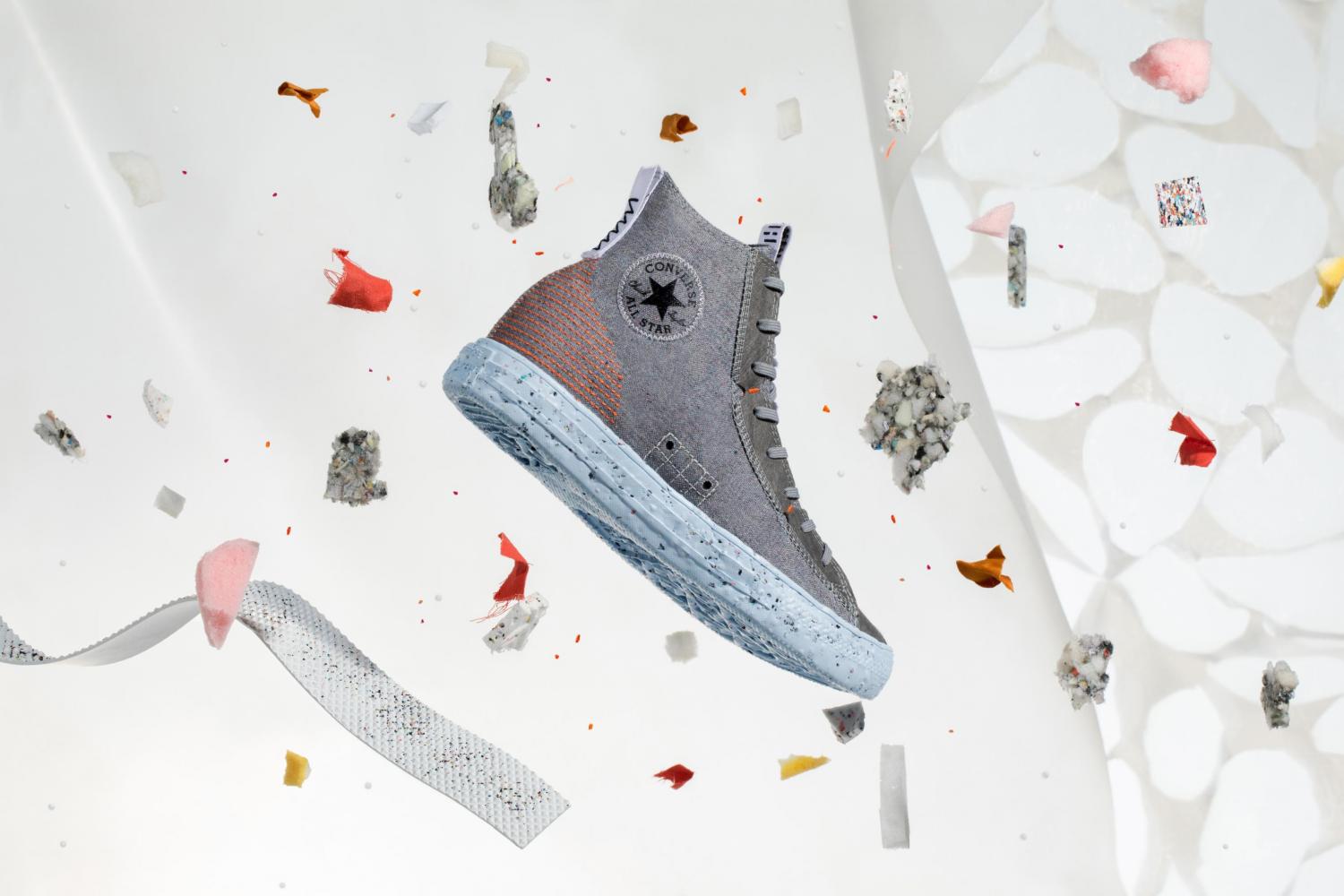

They’ve been around for a century and at one time dominated the basketball shoe market. During the 1980s, the Chuck Taylor All Stars by Converse were a staple in many a teenager’s closet. They were also a central part in popular culture during that same decade, with their appearance in timeless film classics such as Back to the Future, The Breakfast Club, The Outsiders and Stand by Me.
Fast forward to the 21st century, and we can see that some Chuck Taylor All Stars have undergone a sustainable makeover.
Nike, which has owned the Converse brand since 2003, recently announced that a new line of these shoes, the Chuck Taylor All Star Crater, will launch next week. According to Nike, the All Star Crater now contains 40 percent recycled content by total weight. The soles will include 12 percent “Nike Grind” materials, a blend of recycled surplus manufacturing materials and footwear. Depending on the color, the shoe uppers will have up to 100 percent of a canvas made from recycled polyester or post-industrial textile waste scraps.
The All Star Crater follows on the heels – literally – of other Nike footwear that uses recycled or upcycled materials, including last year’s Converse Renew collection and Nike’s Space Hippie product line.
The Space Hippie collection is one of Nike’s more compelling products, as they are manufactured out of a blend of recycled polyester and recycled rubber, as well as standard foam. Containing up to 85 to 90 percent factory and post-consumer waste, this “exploratory footwear collection,” boasts the company’s lowest-carbon footprint within its footwear line as of this summer, Nike said.
Nike insists the innovation behind these shoes is not just in the materials, but in how the company approached their design. The company says more than 100 people worked together taking on the challenges designing the All Star Crater through the use of in-situ design principles — and results included new types of foam, canvas, lacing system and, in the end, a new shoe made out of less materials.
At a time when the consumption of single-use plastics is surging due to fears over the spread of the novel coronavirus, products like the All Star Crater can offer inspiration to companies in other sectors on how to approach waste. The world may have finite resources, but right now waste in all forms is limitless. Creativity and innovation can help us dig, and design, out of this mess.
Editor's note: Speaking of circularity and recycling, be sure to save the date: Monday, July 22, at 11 a.m. PT/2 p.m. ET. We’re hosting Loop and and UPS to understand their take on the state of the circular economy during the era of COVID-19. Register here for the next Learn From Home webinar from TriplePundit and 3BL Media.
Image credit: Nike Media Relations
New Questions About the Business of Mass Incarceration and Corporate Responsibility
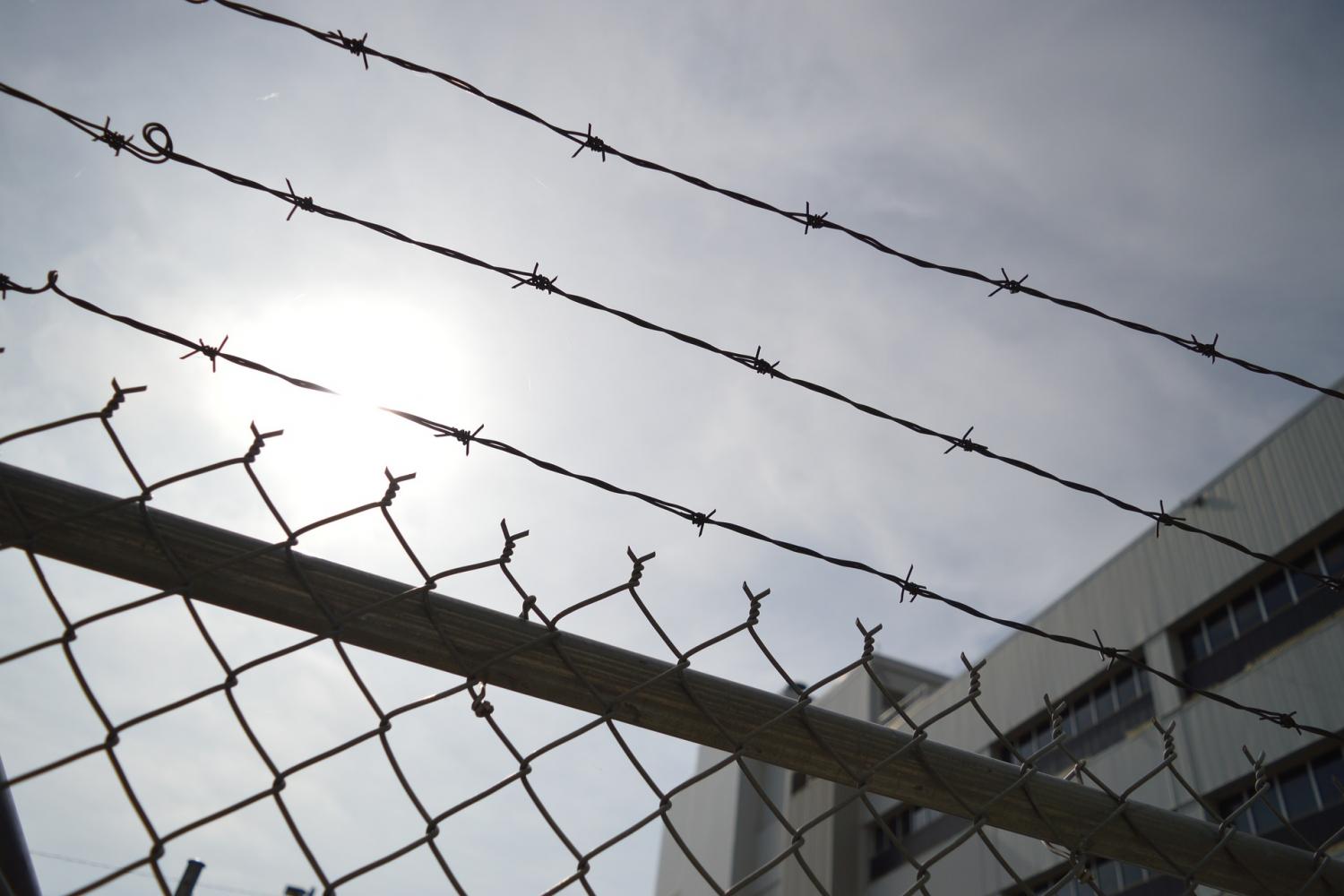

Public opinion has been shifting in favor of criminal justice reform, a trend that has gained renewed energy — and major corporate support — in recent months. In this context, it seems unlikely that leading corporations would support new law that potentially adds more prisoners to an already overcrowded system. Nevertheless, more mass incarceration appears to be the case with supporters of Proposition 20 in California.
Why does California need additional mass incarceration?
The Black Lives Matter movement and the COVID-19 crisis have brought renewed attention to the issue of mass incarceration, including unsafe and unhealthy conditions in prisons, lack of medical care, and lack of educational and rehabilitative resources, along with the related issue of lost employment opportunities upon release.
In this context, Proposition 20 seems glaringly out of touch. The ballot initiative will essentially provide California voters with an opportunity to jail more people, by charging more accused criminals under categories that involve longer sentences and restrictions on early parole.
As described by journalist Judd Legum of the independent news site Popular Information, Proposition 20 is a rollback of several reforms passed in California between 2011 and 2016.
These reforms took place after a long legal battle over the prison population in California came to a head at the United States Supreme Court in 2011. The California prison population at the time numbered 156,000 inmates, but the state’s jails were only designed to hold 85,000 inmates.
With the help of other previous reforms, after 2011 there was a significant decline in overcrowding within the California state prison system. However, the system has continued to operate well above capacity.
Legum cites the figure of 134.3 percent over capacity as of February 2020. That is certainly an improvement from nine years ago, but it is dangerously close to a court-ordered cap of 137.5 percent.
In addition, the reforms have caused a ripple impact on the jail systems across California’s 58 counties.
The series of reforms have reduced the inmate population in county jails collectively. However, on an individual basis many of the state’s county jails were still overcrowded as of last year. The problem is compounded because county jails — and the services they provide — are generally designed for relatively short stays. By “realigning” state inmates to the county level, the series of reforms has resulted in longer stays at county jails.
In addition, another part of the solution to overcrowding at the state level has involved incarcerating some inmates in private jails, both in California and in other states.
In short, while the reforms shifted inmates around, the issue of mass incarceration was never addressed fully or holistically.
Who wants to build new prisons in California?
Against this backdrop, Proposition 20 seems especially out of place. It would create additional burdens on a system that has been only partly solved its problems.
Nevertheless, Legum reports that Proposition 20 has received financial backing from subsidiaries of several major corporations, including at least two — Albertsons and Kroger — that have provided significant financial support for social justice organizations in the wake of the George Floyd murder.
On June 10, for example, Albertsons announced that it would donate $5 million to social justice causes.
Kroger also earmarked $5 million within its Kroger Co. Foundation for social justice causes.
“We must use our voice to express that we are against racism and injustice against the black community. We can and we must do better as a company, community and company to become a greater part of the solution,” said Kroger Chairman and CEO Rodney McMullen in a social media video message.
Nevertheless, according to Legum’s research, Ralph’s (a subsidiary of Kroger) and Safeway (a subsidiary of Albertsons) have joined with Costco to provide $300,000 in financial support for Proposition 20, a measure that would disproportionately impact Black people and other communities of color in California.
Costco’s support for Proposition 20 is all the more ironic considering that on June 11, CEO and President Craig Jelinek posted a public message to employees in the wake of the George Floyd murder, reminding them that Costco remains “committed to taking care of our employees, building a diverse workforce, maintaining work environments that are free from discrimination and harassment, and treating each other in a fair, honest, respectful and inclusive way.”
Barely one month later, though, Costco has received a torrent of criticism for reportedly banning “Black Lives Matter” face masks among its employees.
Brand reputation judged by the company you keep
Corporate supporters of Proposition 20 also entangle their brand reputation with the proposal’s chief promotor, Democratic State Assemblyman Jim Cooper, a former “tough on crime” deputy sheriff who has garnered a reputation for “propping up mass incarceration and fighting change” while also alienating himself from the state Legislative Black Caucus.
Cooper’s numerous critics include the progressive nonprofit organization Courage California, which awarded him a lowly 17 out of 100 on its 2019 “courage score.”
Courage California is emerging as a powerful counterbalance to Cooper’s array of backers in law enforcement, bail bonds, and other services related to incarceration.
The organization currently lists 1.4 million members. It also coordinates with 300 organizations through its California Progressive Convenings initiative, and it is a state partner of the ProgressNow network.
If supermarkets are being targeted by organized retail crime rings in California, working with progressive groups on social justice reforms — including hiring former inmates and supporting inclusive hiring practices — would seem to be a more efficient way to resolve the loss problem and preserve brand reputation, rather than simply creating more criminals through an already overburdened and unjust system of mass incarceration.
Sign up for the weekly Brands Taking Stands newsletter, which arrives in your inbox every Wednesday.
Image credit: Erika Wittlieb/Pixabay
Retailers to Politicians on Wearing Masks: Help!


As it becomes clear that Americans are more likely to watch videos of “Karens” objecting to wearing masks more than viewing Hamilton on Disney Plus, retailers have thrown their collective hands up in the air and are increasingly asking political leaders to step up and enforce mask mandates.
It’s quite a turn of events for America’s food service and retail companies, which along with the rest of the U.S. business community, have turned to the embrace of corporate responsibility and sustainability as a way to blunt government regulations and enforcement.
Wearing masks makes bottom-line sense, but…
This trend coincides with a widely read Goldman Sachs survey from earlier this month, which concluded that if all Americans would agree to start wearing masks, it would prevent the loss of approximately 5 percent of U.S. GDP, or about $1 trillion from disappearing within the U.S. economy.
“Lower transmission rates can also help schools reopen, freeing parents from daytime childcare responsibilities that have left them unable to work, even from home,” wrote Megan Cerullo of CBS News. “Women in particular have been forced out of the workforce because childcare tends to fall on their shoulders.”
In other words, U.S. citizens on average would save about $3,000 in collective hits to their pocketbooks, whether they are healthcare costs, the price of childcare or most dire: the loss of their jobs.
The National Association of Manufacturers (NAM) is one trade group that has been speaking out in favor of wearing masks in public. The NAM has also launched an advertising campaign supporting such action.
“There is no way to sugarcoat this—we need to get America back to work now and get our economy roaring again. The virus is spreading in a significant way, and if it continues, that will lead to economic devastation the likes of which we have never seen before,” said NAM President and CEO Jay Timmons in a public statement last month. “If everyone wears a mask outside the home, maintains social distancing with anyone other than the family unit and practices appropriate hygiene procedures, we will get the tens of millions of unemployed Americans back to work.”
Signs on the door are clearly not enough
According to The Hill, NAM’s stance reflects the recent wave of business leaders asking state and local officials to step up the enforcement of mask mandates. They argue that it’s unfair to expect frontline workers, notably those in the food service and retail sectors, to shoulder that burden. These “essential workers” have increasingly become collateral damage in the culture wars over wearing masks in public spaces, and it’s clear the emotional toll on them is often not worth the low hourly wages for which they work.
The problem, however, is that many sheriffs and law enforcement officials have made it clear they will not enforce such mandates, whether such a stance is based on the resources they have at hand, or if they side with the segment of the U.S population that refuses to don a mask as a political statement. “Don’t be a sheep,” said one local sheriff in Washington State to a crowd last month in the wake of Governor Jay Inslee’s announcement of a statewide mandate.
Start wearing masks, but telling you that…isn’t my job – or is it?
But with COVID-19 cases surging to the point where one in 100 U.S. citizens have been afflicted with this virus, it’s clear society needs more than the men and women in blue to enforce such a mandate.
“It is unfair and, we feel, not appropriate to ask retail workers, grocery store workers, and restaurant workers to have to enforce these requirements,” said Jason Straczewski, vice president for government relations and political affairs at the National Retail Federation, in an interview with The Hill’s Silvan Lane. Straczewski added that retail companies are willing to provide “plenty of signage” and “friendly reminders” insisting that consumers must be wearing masks.
The challenge, however, is that many retail managers, and their direct reports, often do not feel empowered to enforce such policies. Even if a Bebe shirt-wearing consumer pitches a fit, slams her basket on the floor and ends up humiliating herself on social media, that doesn’t mean these same employees would avoid any repercussions.
The bottom line is that if those addictive cell phone videos were effective in changing the behavior of these consumers, we would have witnessed a stop in these outbursts by now.
“It turns out, as satisfying as it is to watch someone reprimanded for bad behavior, the videos themselves might not be an effective tool to change attitudes toward public health,” wrote Alex Abad-Santos on Vox last week. “And according to health and behavior experts, changing someone’s mind about masks is much more difficult than embarrassing them on candid camera.”
Frontline workers, and their manager, should feel empowered and protected to make that decision to refuse service to consumers who aren’t getting the message that a wearing masks isn’t about them, but about protecting other people. Costco appears to be winning on this front, but by and large, other retailers are passing the buck.
One Walmart employee, Cynthia Murray, has suggested that frontline workers should have representation with a seat on a company’s board of directors. Murray argued that hourly workers’ representation on Walmart's board could help address blind spots between a company’s policies and what's actually occurring day-to-day in stores. Last month, Walmart’s shareholders ended up voting against a proxy statement proposal that Murray herself wrote, but to her credit, she helped launched an important discussion, one that will not fade away anytime soon.
Sign up for the weekly Brands Taking Stands newsletter, which arrives in your inbox every Wednesday.
Image credit: Tamas Tuzes-Katai/Unsplash
Consumers to Brands: Show Support for the Black Lives Matter Movement
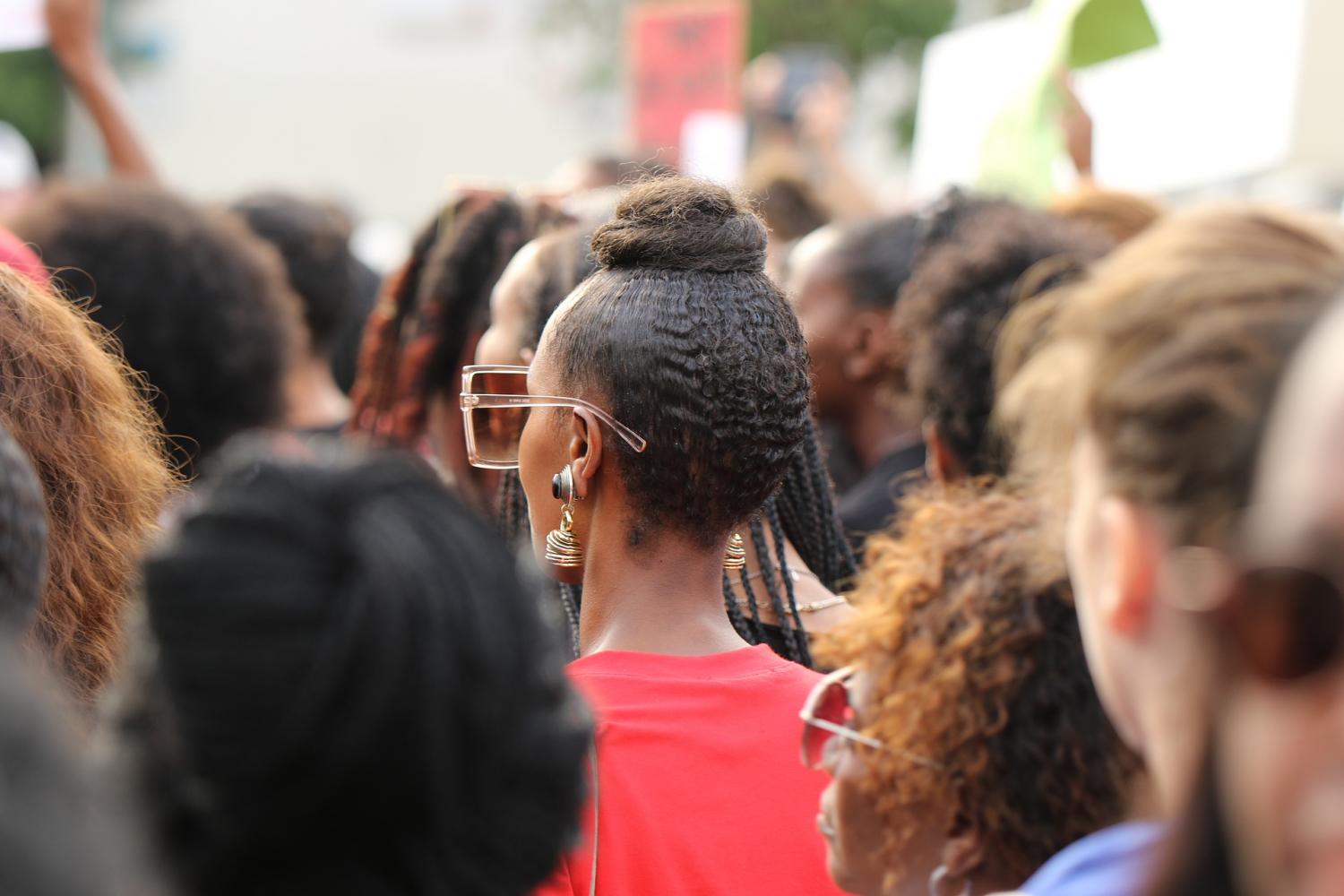

We’re living in a much different world than we did in 1968 or 1992. The U.S. is far more racially diverse than it was during our parents’ and grandparents time, and to that end, most Americans agree that yes, Black Lives Matter.
And according to recent data coming from the research firm Opinium, Americans want brands to add their voices to the nationwide discussions surrounding social issues, especially race. The consultancy shared its results with Robert Williams of Marketing Dive earlier this week.
More than 70 percent of the U.S. adults who Opinium’s researchers surveyed said that they want companies to speak out on challenges including systemic racism and police brutality.
But when it comes to “how” to respond, an understanding of the ways in which consumers want companies to address the Black Lives Matter movement becomes more muddled. There was not much of a difference between consumers who said they wished for brands to support peaceful protest and those who say companies should make it clear they are behind racial equality – just under 20 percent for each tactic.
Only 12 percent of the respondents told Opinium they liked the idea of brands expressing outright support for the Black Lives Matter movement.
And in a reflection of how the U.S. is still starkly divided when it comes to matters of race – even if it’s the approximate 60-40 split we’re seeing in national politics – 30 percent of consumers surveyed said their preferred topics for brands to communicate are either showing support for the police or urging a stop to looting.
That doesn’t mean we should soon see ads saying “blue lives matter” or images of neighborhoods in flames, but it does show that brands still need to navigate carefully when wading into social issues.
For example, recent ad campaigns such companies as McDonald’s (“One of Us”) and Procter & Gamble (“The Choice”) have launched ran the risk of looking exploitative as well as empowering, as revealed in the analysis that the video advertising analytics firm Ace Metrix released last month. “I think forcing people to take political sides, and punishing those who choose no engagement is unAmerican,” said one respondent who Ace Metrix asked to assess the P&G ad.
While the McDonald’s ad received positive reviews overall, Ace Metrix made the point that it also scored highly on its “exploit” meter.
“It’s very likely that a brand’s initial stance on the matter will drive some backlash as viewers will perceive the messaging as a way to cash in on current events," concluded Ace Metrix’s analytics team. “But those brands that do decide to speak up now against racism should stay the course and carry on the conversation into future advertising as an ongoing effort to prove their dedication.”
Sign up for the weekly Brands Taking Stands newsletter, which arrives in your inbox every Wednesday.
Image credit: Orna Wachman/Pixabay
The Effort to Stamp Out Systemic Racism in the U.S. Food System Gains Momentum
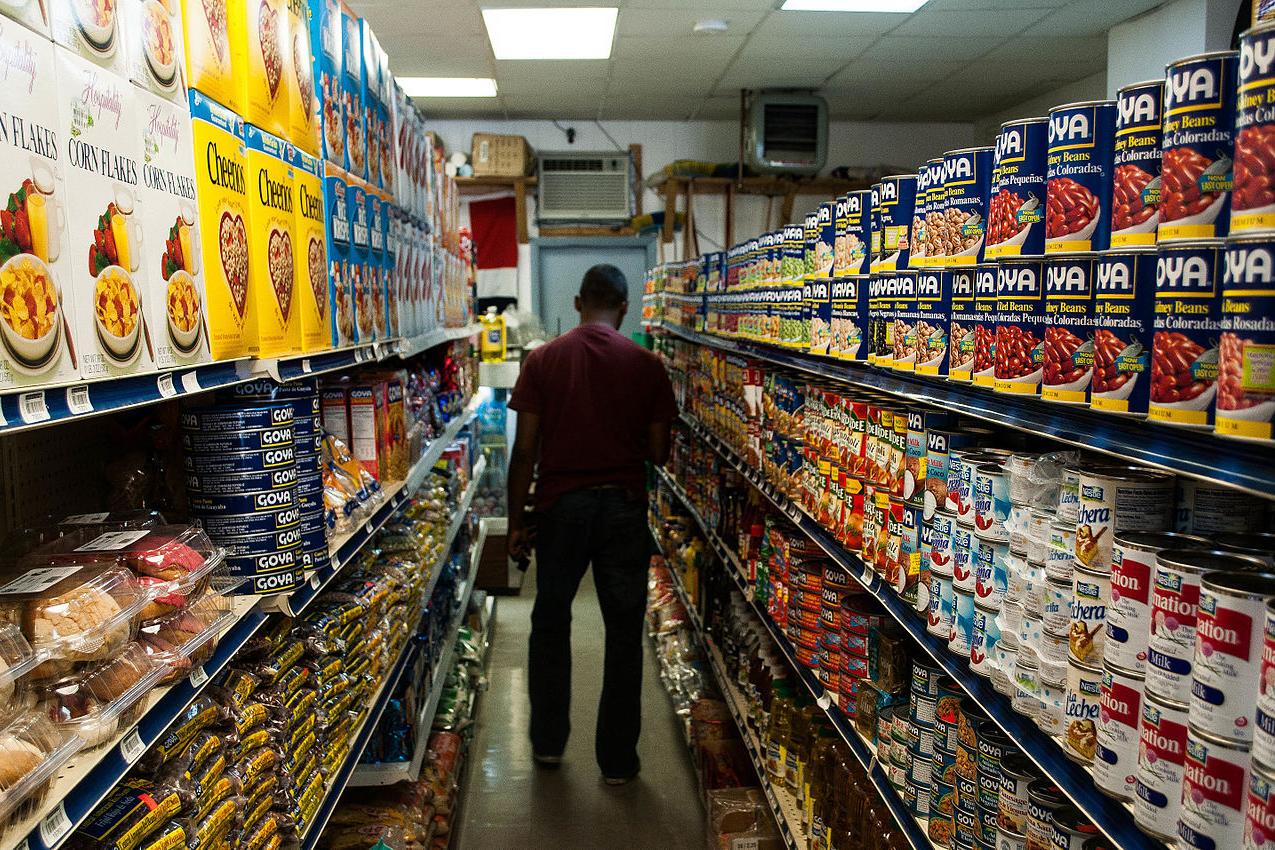

(Image: A typical store in a food desert, one aspect of what analysts say is the result of systemic racism across the U.S. food and agriculture sector. Note how the food visible is for the most part dried, processed or canned products, which often have lower nutritional content than fresh ingredients — and these stores tend to charge higher prices than large supermarkets carrying a wider variety of foods.)
Calls for racial justice over the past several weeks have focused attention on how systemic racism reverberates across the U.S. economy and criminal justice system. But an area overlooked by many is how the food on our plate is emblematic of an agricultural system rooted in racial inequality. Now, some organizations are shining a light on how to tackle issues of race, equity and access in our food system.
Stamping out systemic racism in the U.S. food system is a complex issue. Its roots go back to when the land itself was taken from native communities by violence and theft and worked by enslaved people, according to Food Animal Concerns Trust (FACT), a sustainable farming group that recently pledged to work toward a more equitable farming system. The organization, representing 6,500 farmers, asserts that Black, indigenous, and people of color (BIPOC) continue to struggle to gain equal access to land, capital, credit and markets.
FACT acknowledged in a press statement that it has “given out grants to hundreds of farmers without making specific efforts to include the BIPOC farming community ... We must examine our programs and policies to identify how they can reflect and sustain broader societal inequities and take corrective steps.”
Recognizing the struggles of Black farmers
That reckoning with systemic racism is necessary, given that white Americans are most likely to own land and benefit from the wealth it generates. A recent study shows that from 2012 to 2014, white people comprised over 97 percent of non-farming landowners, 96 percent of owner-operators, and 86 percent of tenant operators. They also generated 98 percent of all farm-related income from land ownership and 97 percent of the income that comes from operating farms.
On the other hand, farmers of color (Black, Asian, Native American, Pacific Islander and those reporting more than one race) comprised less than 3 percent of non-farming landowners and less than 4 percent of owner-operators. Latinx farmers comprised about 2 percent of non-farming landowners and about 6 percent of owner-operators and tenant operators, well below their 17 percent representation in the U.S. population. Yet BIPOC people comprised over 80 percent of farm laborers.
According to the U.S. Department of Agriculture, of the country’s 3.4 million total farmers, only 1.3 percent, or 45,508, are Black. They own just 0.52 percent of America’s farmland. Contrast that with a century ago when there were nearly a million Black farmers. Currently, Black farmers make on average less than $40,000 annually, compared with over $190,000 for white farmers, most likely since their average acreage is about a quarter of their white counterparts, the Guardian recently reported.
Fourth-generation soybean farmer John Boyd, Jr., founder of the National Black Farmers Association, has been fighting for decades against racial inequity in the agriculture system, telling the Guardian in 2019: “Why does it take so long to receive benefits as a black farmer? I know white farmers in my community who went through the same program [for a soybean subsidy] and had their money a long time ago. I’m still waiting.” He and other Black farmers have sued the USDA over discrimination.
Lack of access to healthy foods reveals more evidence of systemic racism
Another glaring aspect of systemic racism within the food system is the lack of access to healthy foods that affects people of color to a far greater degree. According to the nonprofit Food Trust, Black families are 2.5 times and Latinx families are 1.4 times more likely than white families to live in neighborhoods without access to a full-service grocery store.
Rates of diet-related disease break down dramatically along racial lines. Black Americans get sick at younger ages, have more severe illnesses, and die sooner than white Americans, as Civil Eats reported, revealing a two-tiered food system in which the wealthy tend to eat well and are rewarded with better health. Meanwhile, the poor tend to eat low-quality diets, causing their health to suffer.
No wonder, then, that Black doctors, among others, are pointing out how the COVID-19 pandemic, which is disproportionately affecting Black Americans, has further underscored racial inequity. In fact, the pandemic is worsening food deserts, defined as places where residents must travel more than a mile (1.6 kilometers) to reach a supermarket. Today this is the case for 23.5 million Americans.
The nonprofit Food for Free, dedicated to providing the Greater Boston community with reliable access to fresh and nutritious food, is working to address the food insecurity that Black and Hispanic households are more likely to face. According to the American Psychological Association, food insufficiency is associated with higher prevalence of poor health conditions and can negatively impact brain development in children, leading to poorer performance in school.
The results contribute to the cycle of social and educational inequalities for children of color during pivotal developmental years. Food for Free, which sees access to nutritious food as a fundamental human right, includes food rescue, home delivery, and backpack programs for children and families in need as part of their programs for increasing options to access healthy meals for underserved communities. In 2019, Food For Free distributed more than 2 million pounds of nutritious food to more than 30,000 people throughout Greater Boston and, like many other food distribution organizations, has seen demand skyrocket in the wake of the pandemic.
“Our plates are not united”
Farmers, food relief organizations, food companies and leaders of color in the food movement are among those recognizing that a more resilient global food system post-pandemic must also be a more equitable one, as TriplePundit has also previously reported.
“Our plates are not united and what’s on your fork can look vastly different if you’re in a red-lined, over-policed community with struggling schools and low-wage jobs,” Beatriz Beckford, co-founder and national organizer of the National Black Food and Justice Alliance, told Civil Eats. “It is critical that anyone engaged in the food movement — or any movement for that matter — have a racial justice analysis and further a racial justice practice. Any movement devoid of that practice is not a movement at all.”
Image credit: Elvis Batiz/Wiki Commons
Hate Speech on Social Media: There’s an App for That
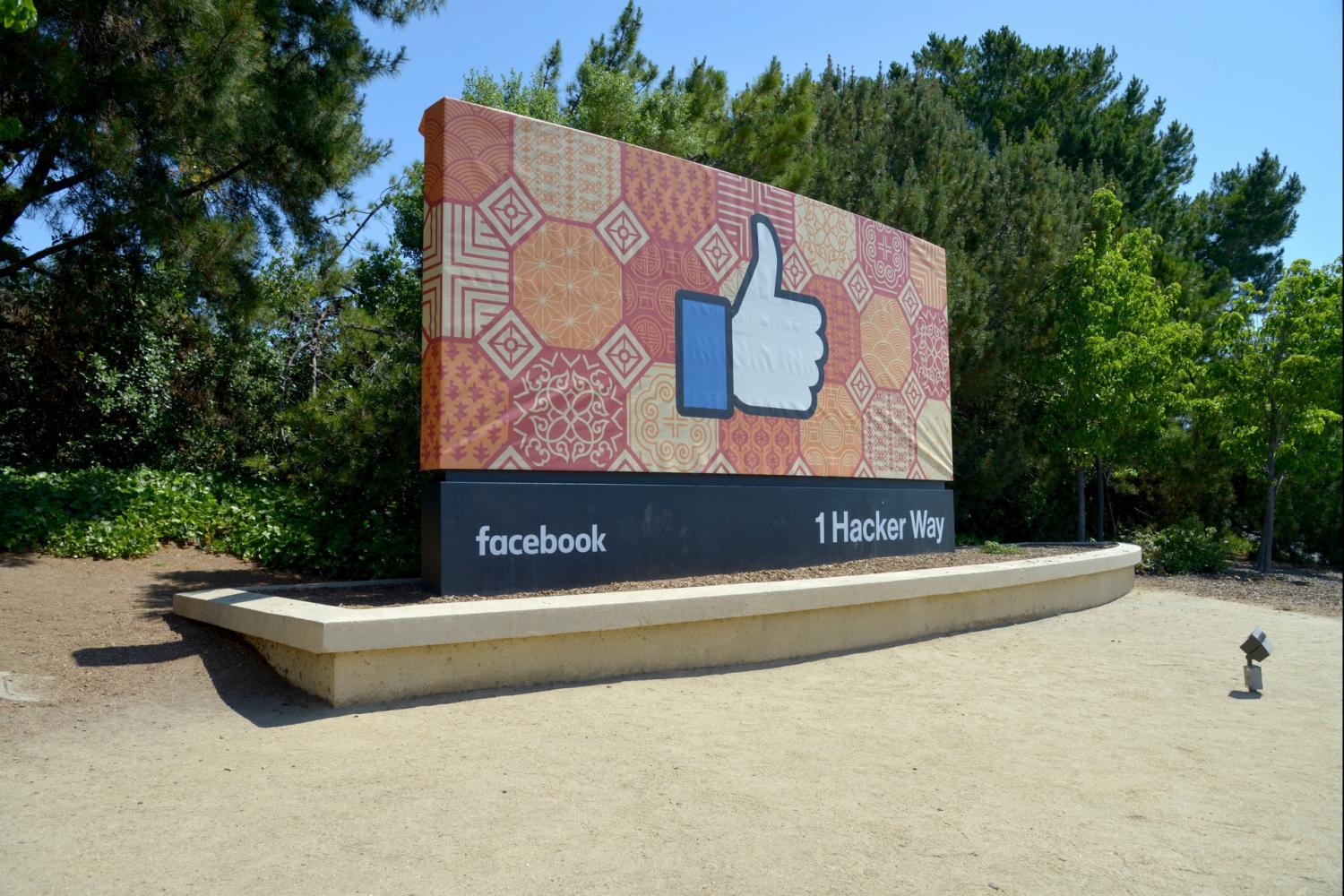

The month-long Facebook advertiser boycott took an interesting turn last week as beverage company Pernod Ricard announced a new strategy for pressuring social media platforms to remove hate speech. Instead of waiting to be flagged by grassroots boycott campaigns, Pernod wants to hear directly from consumers. That could provide the company with more powerful leverage over Facebook and other social media companies, and it could become a model for other brands to follow.
An app for objectionable social media content?
The Pernod strategy to take on hate speech involves developing an app that will enable it to collect and organize tips from social media users, with the aim of using that information in discussions with social media platforms over hate speech.
It is essentially a crowdsourcing effort, and it is apparently modeled on the well-known Sleeping Giants and Grab Your Wallet online boycott campaigns. These campaigns launched in the run-up to, and aftermath of, the 2016 U.S. presidential election cycle. They both deploy a strategy that differs from ordinary boycotts in one key respect.
Conventional boycotts typically involve rallying consumers to stop purchasing products or services. They often fail, though they can be effective when a brand is already suffering reputational issues. In contrast, the Sleeping Giants and Grab Your Wallet campaigns focus on the next step up the brand reputation chain.
Grab Your Wallet launched as a boycott of leading retailers to pressure them into dropping the Trump family of brands from their shelves and websites. Similarly, Sleeping Giants encourages consumers to contact leading brands about objectionable content on the media platforms where their advertisements are placed. That includes television as well as social media.
With its own app, Pernod can potentially collect tips and commentary from social media users more efficiently and bundle them into a powerful leveraging tool of its own.
Could this fight against hate speech work for all brands?
The Pernod approach seems like one of those simple, effective ideas that could have been implemented years ago by any number of leading brands. However, there are two brand reputation issues to consider.
One is the growing issue of privacy and data collection. Pernod has made it clear that privacy issues could be a key roadblock against its own effort, and it says it is making user protection a critical priority. That includes third-party oversight as well as transparency and governance structures.
Assuming that privacy is not an issue, though, brand reputation is still an important factor, and the app-based approach may not be a particularly effective one for all brands.
The strategy is a good fit for Pernod, and brands like it, that have spent years cultivating a reputation for inclusiveness and diversity. For example, Pernod’s Absolut vodka brand has engaged in a decades-long advertising campaign that highlights social issues, including advertising to LGBTQ consumers and, more recently, supporting International Women’s Day.
Through Absolut, Pernod has also become known for its efforts in water access issues and other environmental initiatives as part of a “radical transparency” approach.
In the right hands, a Pernod-style app can provide brands with a new pathway for connecting with socially conscious consumers, while providing consumers with the power to advocate for social justice — safely, conveniently and anonymously.
Pernod and other leading brands have a head start in that regard. Others may have more homework to do.
Beyond the Facebook boycott
When Patagonia and the North Face first announced they were suspending their Facebook advertising for July, the social media giant may well have assumed that the boycott effort against hate speech would sputter out.
However, the idea quickly caught on and more than 200 companies are now involved in the Stop Hate for Profit campaign. In addition, Pernod is among a group of companies that are determined to extend the pressure campaign well past July.
Pernod announced its intention to develop the app on July 1 as a key part of its new “Beyond the Boycott” effort through Pernod Ricard USA.
“The world is waking up to the reality that we all have a role to play in stopping the spread of hate speech, racism and misinformation on social media platforms,” said Pernod Ricard USA CEO Ann Mukherjee in a press statement.
“The big question is: What happens August 1st? We need more action and more people within the industry to find more solutions. Companies like ours can and should play a bigger role in problem-solving than just withholding advertising dollars,” she added.
Mukherjee also made it clear that the company intends to stimulate broad social outreach far beyond its own consumers.
“This is our initial step. And we want it to be a collective one,” she explained. “As a member of many major U.S. and global industry organizations, which include other advertisers, as well as media and social platform companies, we want to work collaboratively with each towards this solution.”
That should be a wakeup call for Facebook and other media platforms, both new and conventional. Whether or not they hear it remains to be seen.
Image credit: Greg Bulla/Unsplash
Destinations, NGOs and Businesses Unite in Call for Sustainable Tourism
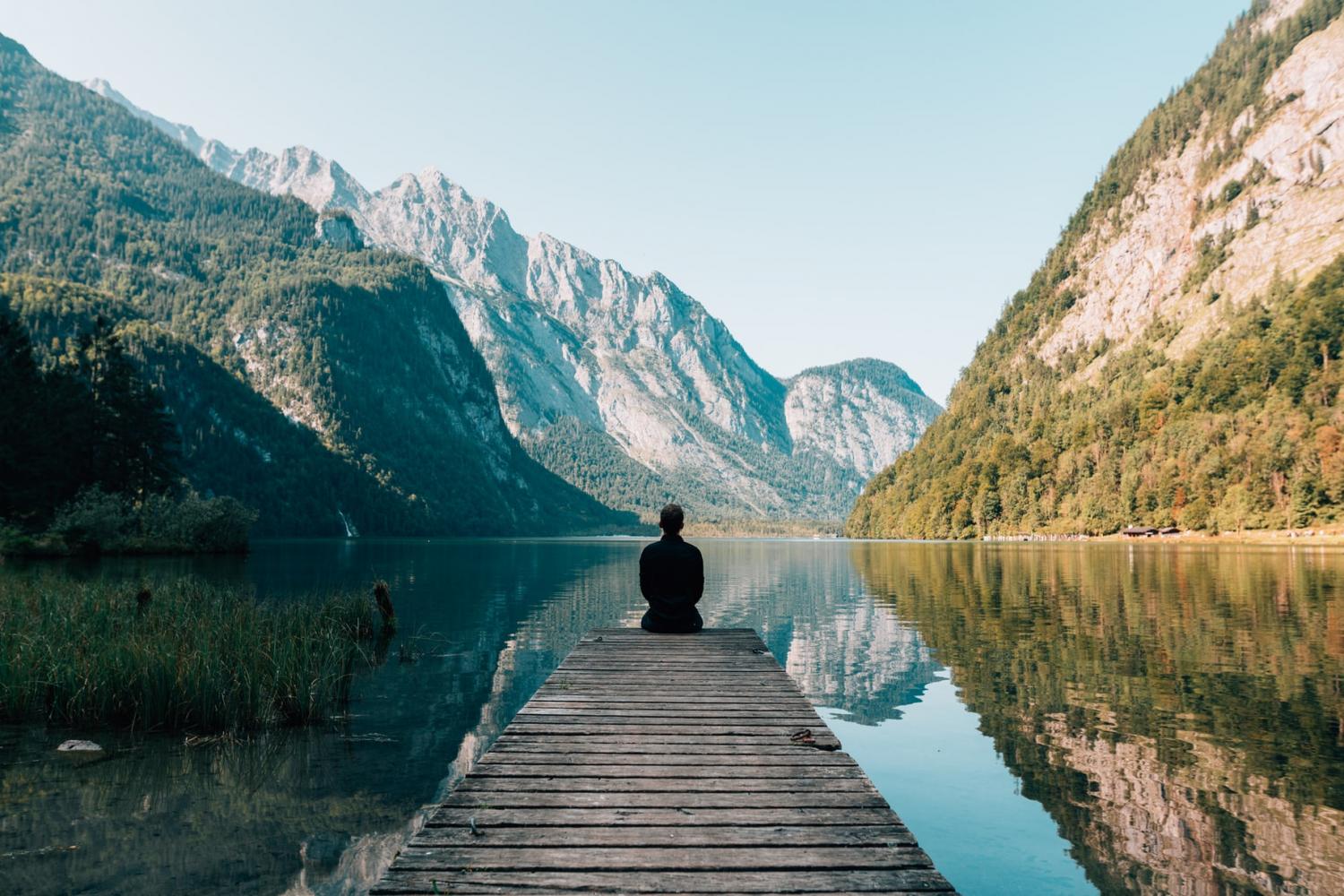
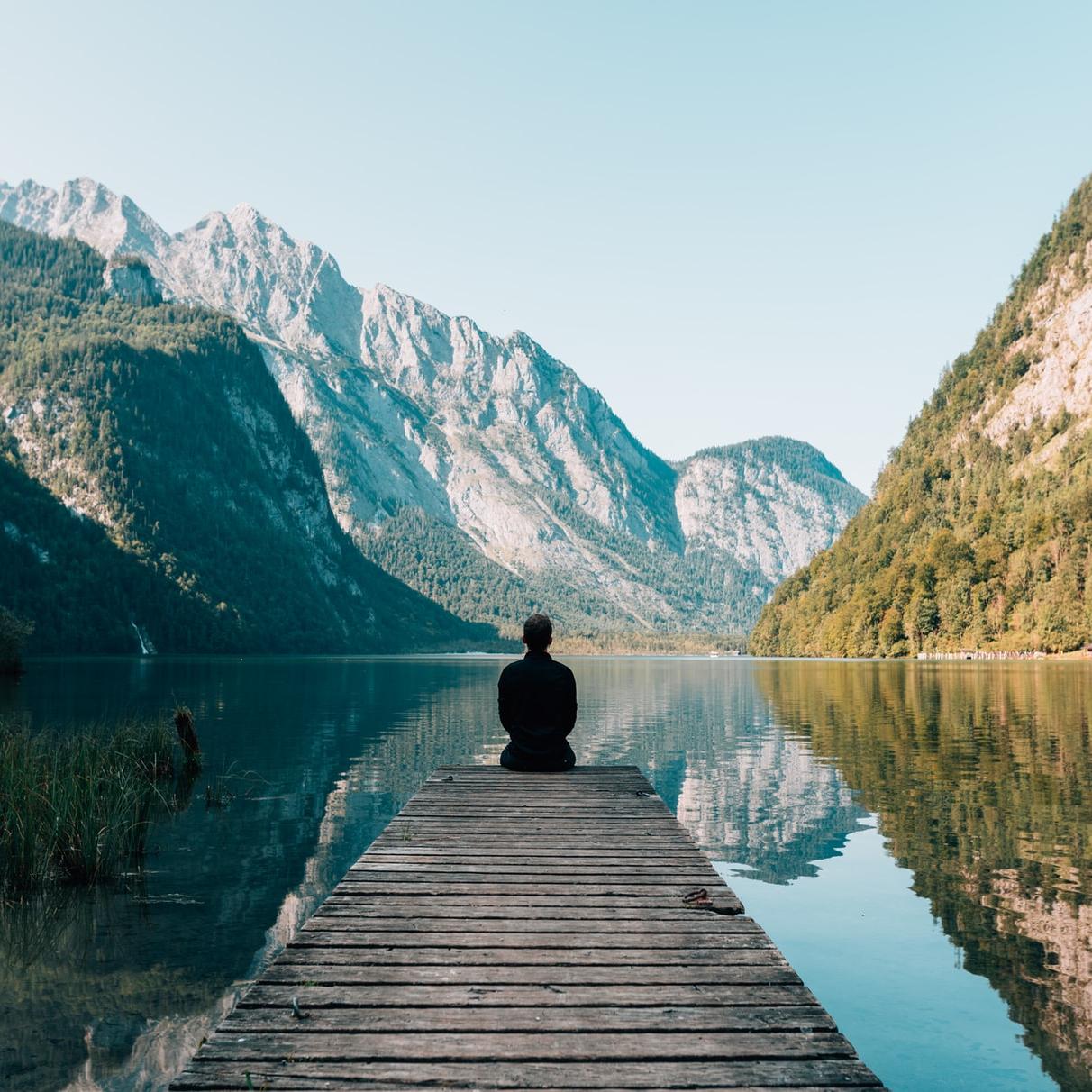
The past few months have offered a rare opportunity to pause and “reset” business practices, and that includes the future of sustainable tourism. Fashion, agriculture and energy markets have all used the COVID-19 pandemic to reevaluate how their industries can be more sustainable moving forward.
The travel industry has also been imagining a more resilient, economically- and environmentally-friendly future. While specific dates and locations of reopening change daily, one thing is certain: Sustainable tourism in the COVID-19 era requires responsibility and restraint from all participants.
Sustainable tourism in 2020: The current situation
The United Nations World Tourism Organization (UNWTO) has projected a 60 to 80 percent decline in international tourism by the end of 2020.
“The virus has given us a picture, at once frightening and beautiful, of a world without tourism,” reporter Christopher de Bellaigue of the Guardian pointed out in a recent article entitled “The End of Tourism?".
De Bellaigue argued that while many environments are thriving as tourism has halted, citing the example of coastlines normally eroded by cruise ship dockings, countries relying almost entirely on tourism for their GDP are now suffering both environmentally and economically.
Several recent publications have linked the collapse of tourism to recent increases in poaching across Africa. In Uganda, for example, tourism brings in more than $1 billion and thousands of jobs each year, mostly related to wildlife parks. With travel halted, many locals are setting animal traps simply to feed their families and make up for lost wages. In addition, park admission fees are the main source of funding for anti-poaching and conservation programs.
“These places have an experience economy that supports protection of the wilderness,” said Gregory Miller, the executive director of the Center for Responsible Travel (CREST), in an interview with The New York Times. “We need to restore economies built on experience, not extraction. Otherwise, you have poaching, slash and burn and the taking of resources.”
It is this protection of destinations and their resources that guides the work of the Future of Tourism Coalition, of which CREST is a founding member.
The future of the global tourism coalition
Last month, leaders from six NGOs — CREST, Destination Stewardship Center, Green Destinations, Sustainable Travel International, Tourism Cares and the Travel Foundation, under the guidance of the Global Sustainable Tourism Council — announced the combined launch of the Future of Tourism Coalition. The Coalition’s mission is “to place destination needs at the center of tourism’s new future” as international travel begins to recover post-coronavirus.
The Future of Tourism Coalition includes representatives from additional NGOs, along with governments, tourism boards, corporations, universities, media outlets and more. Member organizations commit to the Coalition’s 13 guiding principles for a “holistic approach to responsible and sustainable tourism." Here is a closer look at each principle.
See the whole picture: Tourism involves more than a destination’s businesses. It also impacts cultures, ecosystems, natural resources, aesthetics and infrastructure.
Use sustainability standards: Members should meet the Global Sustainable Tourism Council’s criteria for sustainable tourism practices.
Collaborate in destination management: Tourism planning should include equal participation from public and private sectors, as well as organizations that represent a community’s diversity.
Choose quality over quantity: The quality of a visit is far more important than the quantity of visitors when it comes to maintaining a destination’s unique character.
Demand fair income distribution: Every effort should be made to retain tourism revenue within the community.
Reduce tourism’s burden: Tourism-related investments should result in net-positive impacts for the community.
Redefine economic success: Organizations often tout the benefits of tourism in terms of GDP percentage. Metrics like small business development, income distribution and sustainable local supply chains are more informative.
Mitigate climate impacts: Destinations should invest in green infrastructure and reduce greenhouse gas emissions caused by travel-related transportation.
Close the loop on resources: Once hygienic to do so, businesses should transition out of single-use plastics and return to a more circular economy.
Contain tourism’s land use: High-occupancy resorts should be confined to a smaller, more concentrated area, so the destination' natural resources and beauty can continue to be enjoyed by and accessible to locals.
Diversify source markets: Groups should increase their domestic marketing initiatives, as domestic tourism may prove to be more resilient in future crises.
Protect sense of place: “Diversity of place is the reason for travel,” the Coalition points out. Tourism policies should protect and reflect a destination’s unique identity.
Operate business responsibly: Members should reward businesses for developing strong local supply chains that benefit the community.
“Long-term resilient social, economic, and environmental recovery and regeneration will require all sectors of industry to rethink how tourism works, who it works for, and how success is defined," the CEOs of the organizations represented in the Coalition wrote in a joint statement.
As destinations begin re-opening to foreign tourists, let’s hope that all parties involved are defining success in terms of health: Financial health, yes, but also physical, cultural, social and environmental.
Image credit: Simon Migaj/Unsplash